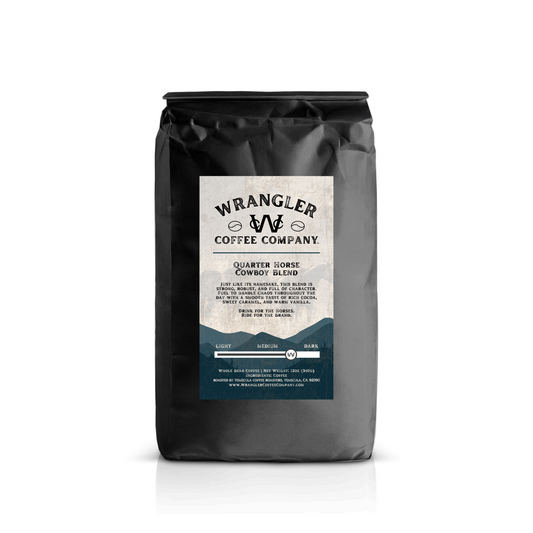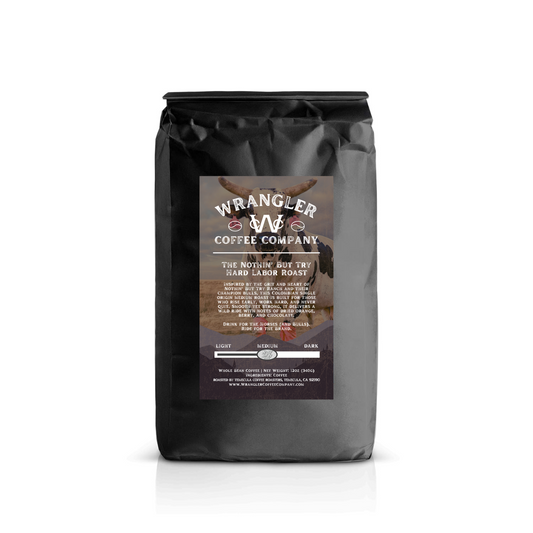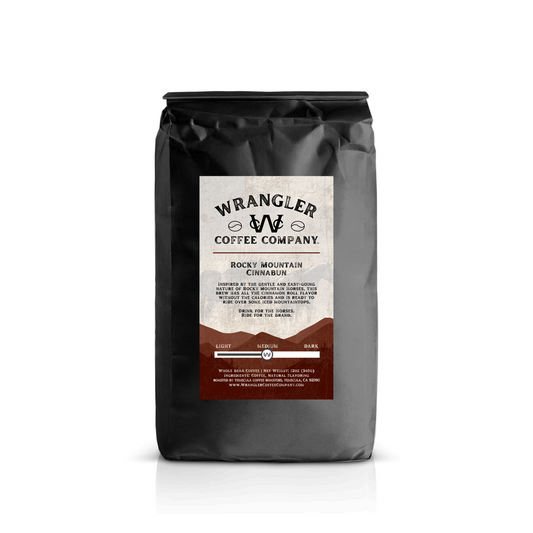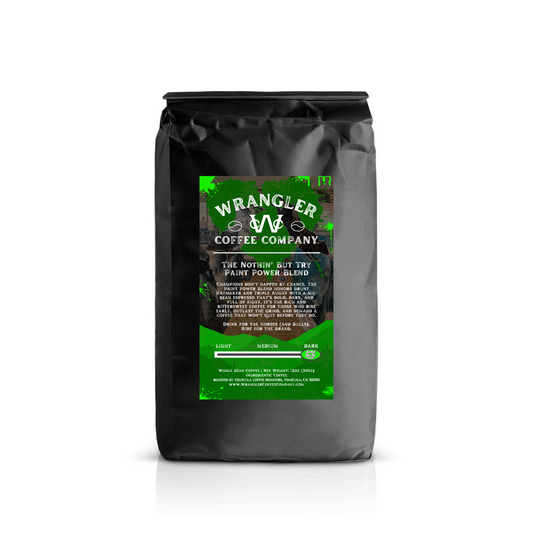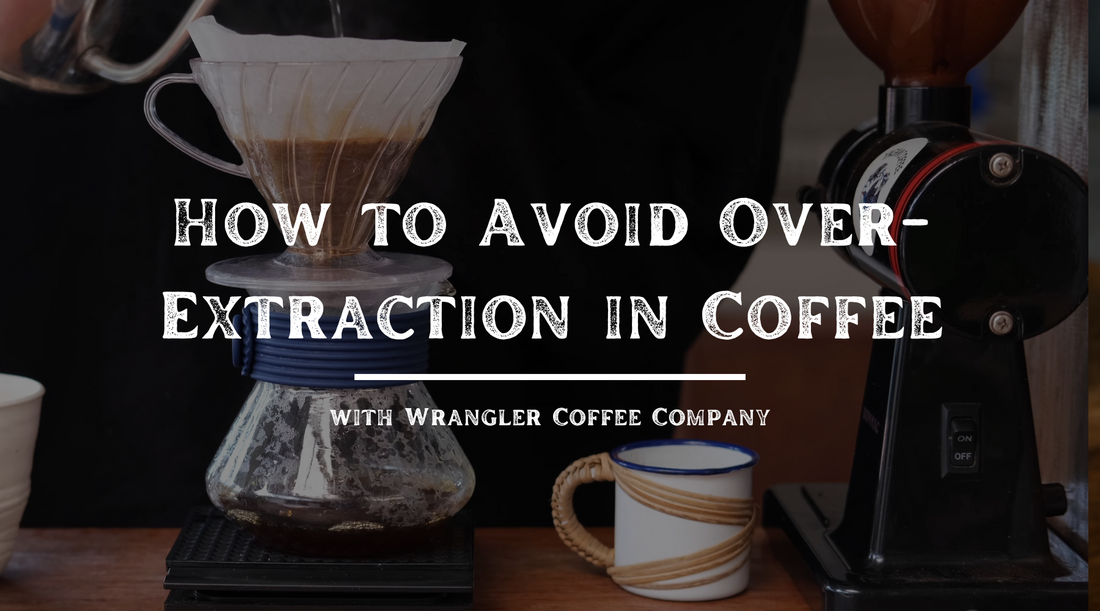
How to Avoid Over-Extraction in Coffee
Share
When it comes to coffee, strong ain’t the same as bitter. And if your morning cup tastes more like burnt leather than bold comfort, you might be wrestling with a problem most folks don’t even see coming: over-extraction.
Now, don’t let the fancy term throw you. Over-extraction is just what happens when you pull too much out of the coffee grounds—too many bitter compounds, too little balance. The result? A brew that bites back. Think harsh, astringent, dry-tongue coffee that makes you regret the second sip.
Let’s break it down plain and simple—and make sure your cup hits that sweet spot, every time.
What Is Over-Extracted Coffee?
In a good cup of coffee, water pulls out just the right range of flavors—acids, sugars, and oils—that give coffee its character. But leave the grounds soaking too long, use the wrong grind size, or let your water get too hot, and suddenly you're pulling out the harsh stuff—tannins and bitter oils that overpower everything else.
Signs your coffee’s been over-extracted?
- It tastes bitter or dry, like chewing aspirin.
- It has a lingering, harsh aftertaste.
- It’s missing the brightness, sweetness, or nuance you expect—even from a good bean
Mistake #1: Brewing Too Long
Over-extraction is most often a matter of time. If you’re using a French press, don’t steep more than 4 minutes. Pour-over? Once water hits the grounds, you’ve got about 2.5 to 3.5 minutes to get it done right.
Even espresso shots can go south if they pull too long. Once you cross 30 seconds, you’re pushing it—especially if your grind or tamping isn’t dialed in.
Fix: Time your brew. Every method has its sweet spot. Don’t eyeball it—clock it.
Mistake #2: Grind Too Fine for the Method
Fine grinds slow water flow, which sounds great—until it pulls too much flavor out of the grounds. For something like French press, a fine grind will leave you with a silty mess and a bitter brew. For pour-over, too fine and you’ll stall the drip, over-extracting and clogging your filter.
Fix: Match your grind to your method:
- French press: coarse
- Drip: medium
- Pour-over: medium-fine
- Espresso: fine
Adjust till the brew time and flavor balance out.
Mistake #3: Water’s Too Hot
Anything past 205°F (96°C) and you’re scorching your grounds. That’s not a bold cup—it’s burnt. Remember, good extraction is about coaxing out flavors, not scalding them into submission.
Fix: Aim for water around 195°F–205°F. Let your kettle rest for 30 seconds off boil if you don’t have a thermometer.
Mistake #4: Wrong Brew Ratio
Too little water and you’ve got a strong but harsh cup. Too much water, and you dilute without fixing the balance. It’s not about strength—it’s about extraction balance.
Fix: Start with a ratio of 1:15 or 1:16 (coffee to water). That’s about 1 gram of coffee for every 15–16 grams of water (or roughly 2 tablespoons coffee per 6 oz of water).
Mistake #5: Stale Coffee or Low-Quality Beans
Even a perfect brew method won’t save coffee that’s stale or poorly roasted. Over-extraction hits harder when the beans don’t have complexity to begin with.
Fix: Use fresh, whole beans—ideally roasted within the last 2–3 weeks—and grind just before brewing. Specialty-grade beans (like the ones we roast at Wrangler Coffee Company) give you more flavor to work with and a much larger window for success.
Brew Like It Matters
Avoiding over-extraction isn’t just about getting rid of bitterness. It’s about honoring the work that went into the beans—grown on steep mountainsides, picked by hand, roasted with care. It’s about making a cup that does justice to all of it.
A good cup of coffee doesn’t just wake you up—it gives you something worth waking up for. Want a hand selecting the right beans, grind size, or brew method for your mornings? Reach out and we'll be ready to help!

